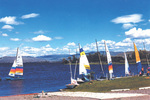Milepost 47 on Alaska Highway and BC 97; 47 miles north of Dawson Creek, 276 miles north of Prince George, 846 miles to Whitehorse, Yukon. Population: 18,000. Visitor Information Centre: 9324 - 96 Street, Fort St. John, BC V1J 6V5; Phone: (250) 785-6037; Toll Free: (877) 785-6037; Email: visitorinfo@fortstjohn.ca; Website: www.fortstjohn.ca 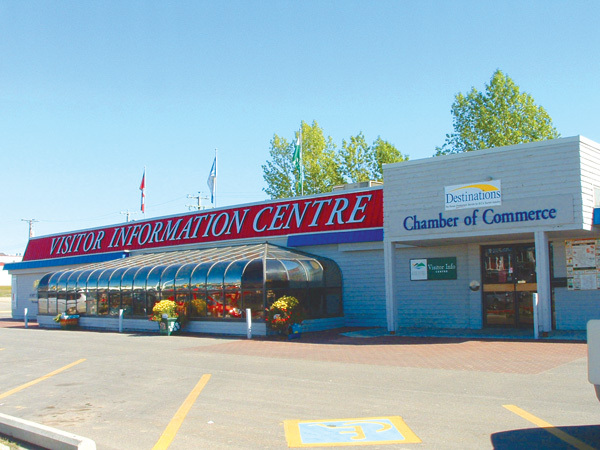
Fort St. John is the oldest non-native settlement on the B.C. mainland. In 1793, when Alexander Mackenzie came to the river flat on the Peace River, south of the City’s current location, he recognized its potential as a site for a fur trading post. Following further exploration the first fort was established in 1794. Through the years, the site of the settlement moved from one side of the river to the other, occupying a number of different locations on the Peace River.
Today Fort St. John sits on a plateau north of the Peace River in the midst of some of BC’s finest farmland, with more than 800 farms in the Peace River North Region. The area is also a major exporter of forest products.
The first major growth for Fort St. John occurred in 1942 when the Alcan Military Road, now known as the world famous Alaska Highway, was completed in a short nine months. It linked Northern BC & Alaska and brought a new dimension to life in the North. With the building of the Alaska Highway came many opportunities for industrial development, therefore Fort St. John’s population grew rapidly. In 1951, gas and oil were discovered in the area. By 1957 an oil and gas refinery and gas plant were under construction at Taylor.
Dining facilities range from fast food outlets to fine dining. Overnight accommodations are available to suit all budgets, from motels with kitchen facilities to hotels offering executive suites and convention facilities. If the outdoors and camping are preferred, the area surrounding Fort St. John offers a mosaic of forests, lakes and rivers, hills and valleys, farmland, clear clean skies and an abundance of wildlife.
Adjacent to the Visitor Info Centre in Centennial Park, a monument stands honoring Alexander Mackenzie and other explorers whose courage and vision pioneered frontier development in the northwest.
The Fort St. John - North Peace Museum is a popular attraction for visitors and residents in North Peace. The Museum features pioneer exhibits showing artifacts in their natural settings. Items included are a reconstructed schoolhouse, a trappers cabin with an original fur press and an Alaska Highway construction exhibit. The Museum is open daily during the summer months and from Monday to Saturday in the winter.
In addition to the Museum, visitors can take a walk through time on the Heritage Kiosk Walking Tour. This self-guided tour leads from the Museum into the downtown past kiosks depicting the building of the Alaska Highway or Fort St. John in the 1940s and 1950s. Be sure to pick up a map at the Visitor Info Centre before setting out.
The completion of the first-class North Peace Cultural Centre complex in 1992 provides the area with a modern facility that houses a live theatre, art gallery, public library and an ideal place to show off impressive and diverse local talent. Peace Gallery North features 12-17 exhibitions each year and a gift shop brimming with local pottery and prints for sale.
Fort St. John combines the best of urban amenities with natural wonders, offering outdoor recreational opportunities, excellent year round sports facilities, a strong local arts community and a robust retail sector. The city boasts numerous ball diamonds, tennis courts, soccer fields, golf courses, indoor pool, outdoor spray park, skateboard park, a curling rink, two indoor ice arenas and an outdoor speed skating oval. There are walking trails, abundant fishing and hunting opportunities and numerous Provincial Parks in the area. In winter there are many snowmobile trails and cross-country skiing trails in the area for everyone’s use.
Charlie Lake is located 4 miles northwest of Fort St. John, at Milepost 51. The boat launch on the southeast shore allows access to excellent fishing for walleye, yellow perch and northern pike. Beatton Provincial Park provides campsites and is open year round for fishing, hiking or cross country skiing and snow shoeing. Golfers may enjoy the 18-hole course and driving range of the local country club on the lake. Formed by ice-damming on the Peace River, Charlie Lake was inhabited by Paleo Indians over 10,000 years ago, as evidenced by archeological finds in the Charlie Lake Cave. In the early 1940s Charlie Lake was a major supply camp for the construction of the Alaska Highway and was the scene of the project’s worst accident, when a large raft carrying tractors across the lake broke apart in a storm, killing 12 men.
Special Events: High on Ice Winter Festival: January Chocolate Festival: February Peace River North Festival of Performing Arts: April Peace River North Theatre Festival: April Fort St. John Kennel Club Dog Show: May Canada Day Celebrations: July 1 Fort St. John Rodeo: July Great Canadian Welder’s Competition: August North Peace Fall Fair: August 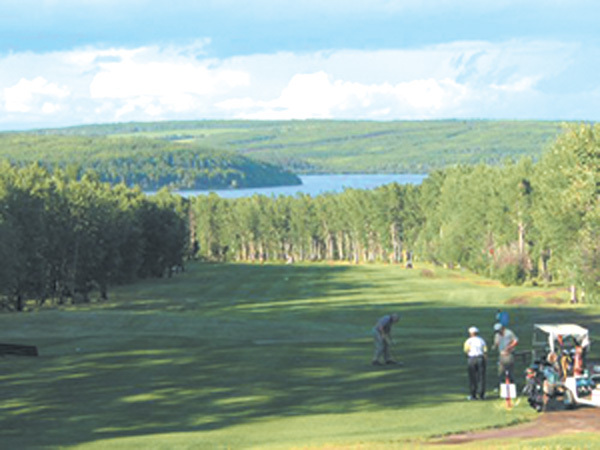 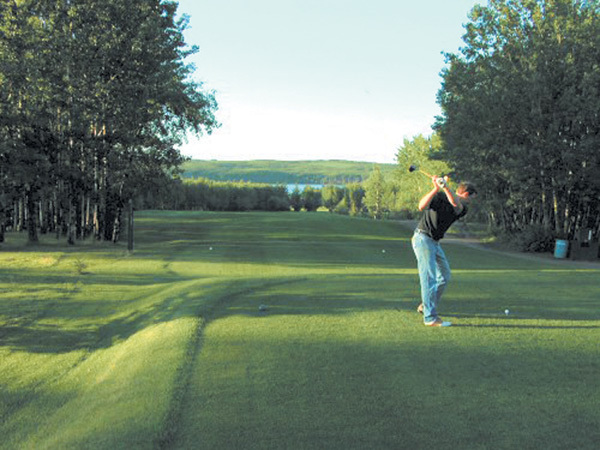 |
|
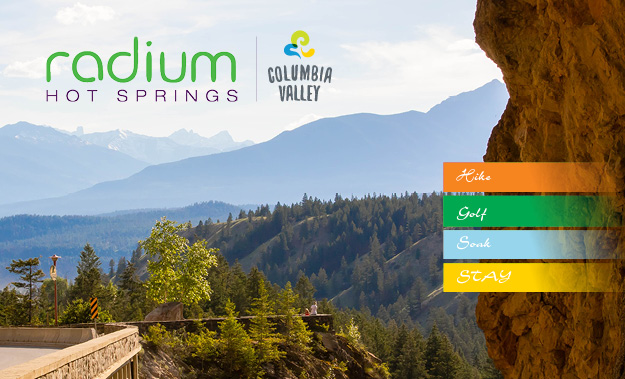
| Fort St. John Business Directory |
| Travel Services |
|
Fort St John Tourism
|
| Shopping |
|
The Sew It Yourself Shop
|



